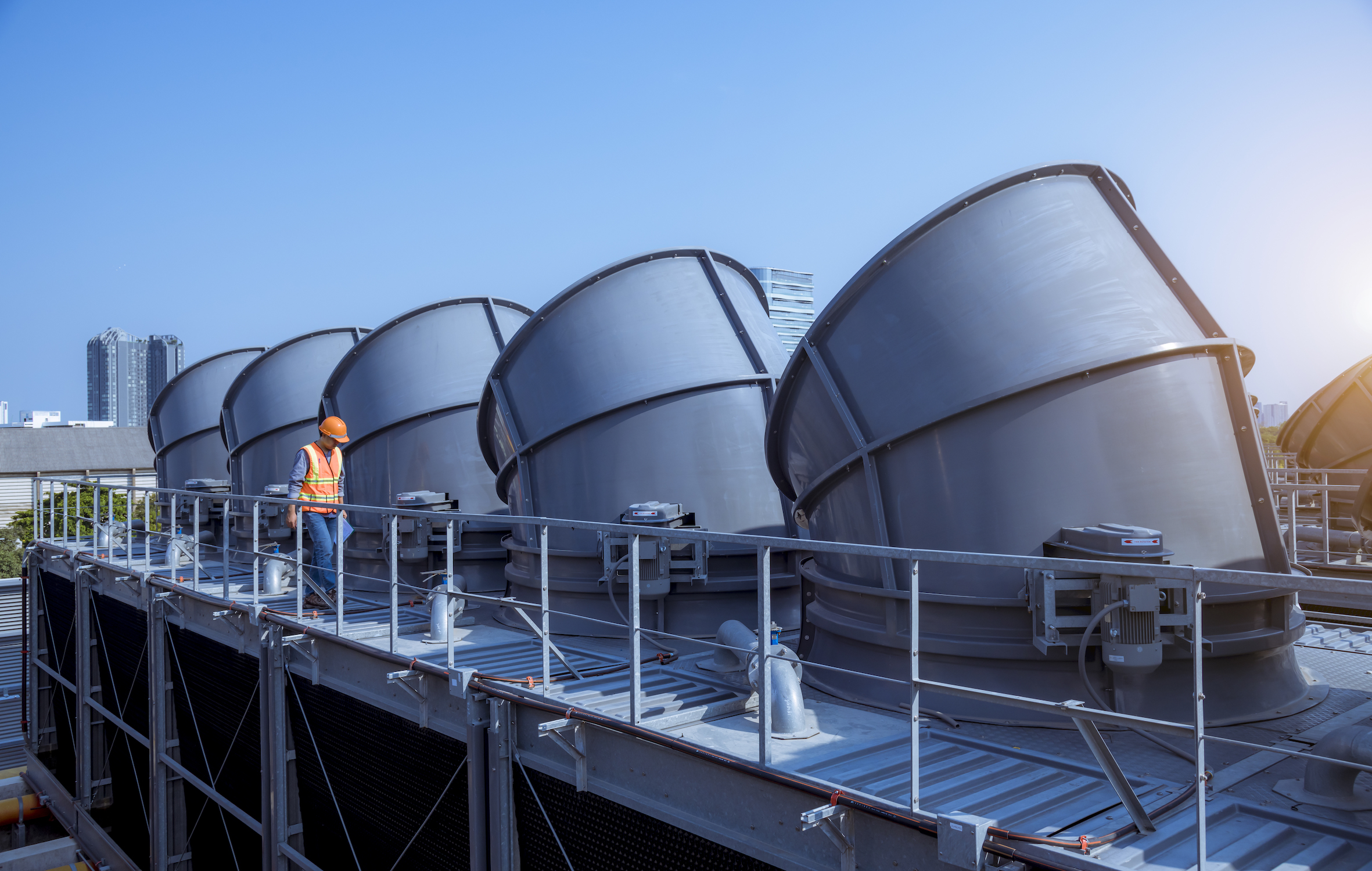Water cooled chiller plants play a crucial role in many industries.
However, operating a chiller plant inefficiently will always lead to higher expenses and negative environmental consequences. By boosting the performance of your chiller plant, you can do well (reduce energy and maintenance costs) and do good (lower carbon emissions).
These outcomes are no longer mutually exclusive – with the right solution, they are now combined.
Do Well
Of course, dollars and cents benefit is never a bad place to start. It is clear that one of the most immediate benefits of optimizing a chiller plant is the potential for substantial cost savings. By fine-tuning the operation of your equipment, you can reduce energy consumption and energy costs.
But the benefits don’t stop there – running a plant more efficiently reduces “wear and tear” on plant components, meaning fewer breakdowns and maintenance issues which can boost productivity and reduce repair costs. By avoiding unnecessary strain and minimizing the frequency of costly breakdowns, you can maximize the longevity of your chiller plant infrastructure. This translates to lower replacement costs and a higher return on your initial investment in equipment.
That kind of benefit is something everyone in the organization can get behind.
Optimizing your chiller plant allows you to maximize energy efficiency without compromising performance. By carefully adjusting settings and scheduling operations based on demand, you can minimize wasted energy and ensure that your system operates at peak efficiency levels.
An optimized chiller plant ensures consistent and reliable cooling performance, creating a comfortable environment for occupants and supporting critical industrial processes. By maintaining precise temperature control and responding dynamically to changing conditions, you can avoid fluctuations that may disrupt operations or compromise occupant comfort. This reliability enhances overall productivity and contributes to a positive work or living environment.
When you optimize a chiller plant, you also get greater operational flexibility, allowing you to adapt to changing conditions and demands seamlessly. Whether you need to ramp up cooling capacity during peak periods or scale back operations to conserve energy, optimized systems can respond quickly and efficiently to meet your requirements. This flexibility enables you to maintain optimal performance while effectively managing costs and resources.
Do Good
Building owners and operators are under increasing scrutiny over the carbon emissions coming from their buildings. Some places, like New York City, have introduced financial penalties for buildings that exceed their emission limits, with other U.S. cities soon to follow. In some buildings, operating a chiller plant can consume more than 40 percent of a building’s total energy usage – if you want to move the needle on building emissions, this is where you start.
Optimizing the performance of your chiller plant cuts energy consumption which directly cuts carbon emissions, particularly in areas that still rely heavily on fossil fuel for electricity generation. By reducing emissions, you reduce the risk of being penalized under new regulations. It’s also good corporate citizenship, something that attracts tenants and investors alike.
One clear reality from our warming planet is the cooling season is being extended in many places, meaning chiller plants must operate longer. That puts increasing pressure on the plant and leads to higher energy consumption and higher emissions, even as facility managers focus more on decarbonizing their operations. That makes an optimization solution even more important.
At SHIFT, we know a chiller plant is mission critical – whether you are using it for manufacturing related cooling or comfort cooling. Uptime is vital, and many facility managers have been leery about introducing optimizations solutions out of fear it will impact performance. SHIFT will be introducing a new solution that drives new levels of energy efficiency while improving plant stability – allowing you to do good and do well.

